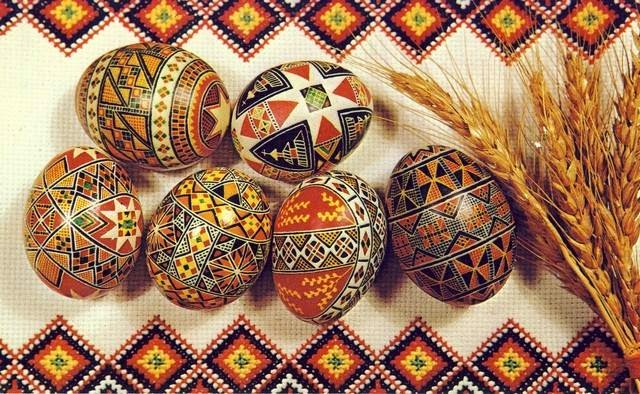This 500-year-old bowl is decorated with recumbent lions and calves before the symbol of the High God An/Anu (BLMJ 4564). Photo: David Harris.
The wolf shall dwell with the lamb, and the leopard shall lie down with the young goat, and the calf and the lion and the fattened calf together; and a little child shall lead them. The cow and the bear shall graze; their young shall lie down together; and the lion shall eat straw like the ox. The nursing child shall play over the hole of the cobra, and the weaned child shall put his hand on the adder’s den. They shall not hurt or destroy in all my holy mountain; for the earth shall be full of the knowledge of the Lord as the waters cover the sea. (Isaiah 11:6–9)
The animals on the bowl are crouched before a bundle of stylized reeds like the reeds carved into a door at the base of the Ziggurat of Anu, the High God of the early Sumerians. Dating to the late 4th millennium BC, this temple towered approximately 40 feet above the flat plain of Uruk (Erech) and would have been visible from a great distance. The word ziggurat is related from the ancient Akkadian words zaqâru - to rise high, and ziqqurratu - rising building.
I Kings 10:18,19 tells of a great ivory throne with two lions standing on the arm rests. This also described the throne of the Coptic Pope.
The lion is referred to in the names of some biblical rulers that have the ar affix. It signifies both the lion and the ruler. Ari was an honorific for a man of distinction and power. The Hebrew word ari (or aryeh), the Akkadian aria, the Aramaic arya, and the Sanskrit word aryeh mean "noble." In Genesis 49:9, Jacob refers to his son Judah as Gur Aryeh גּוּר אַרְיֵה יְהוּדָה, a "young lion."
The totem of Shobal's clan was the lion, fierce in its youthful strength. Shobal is one of the Horite Hebrew rulers listed in the Genesis 36.


















